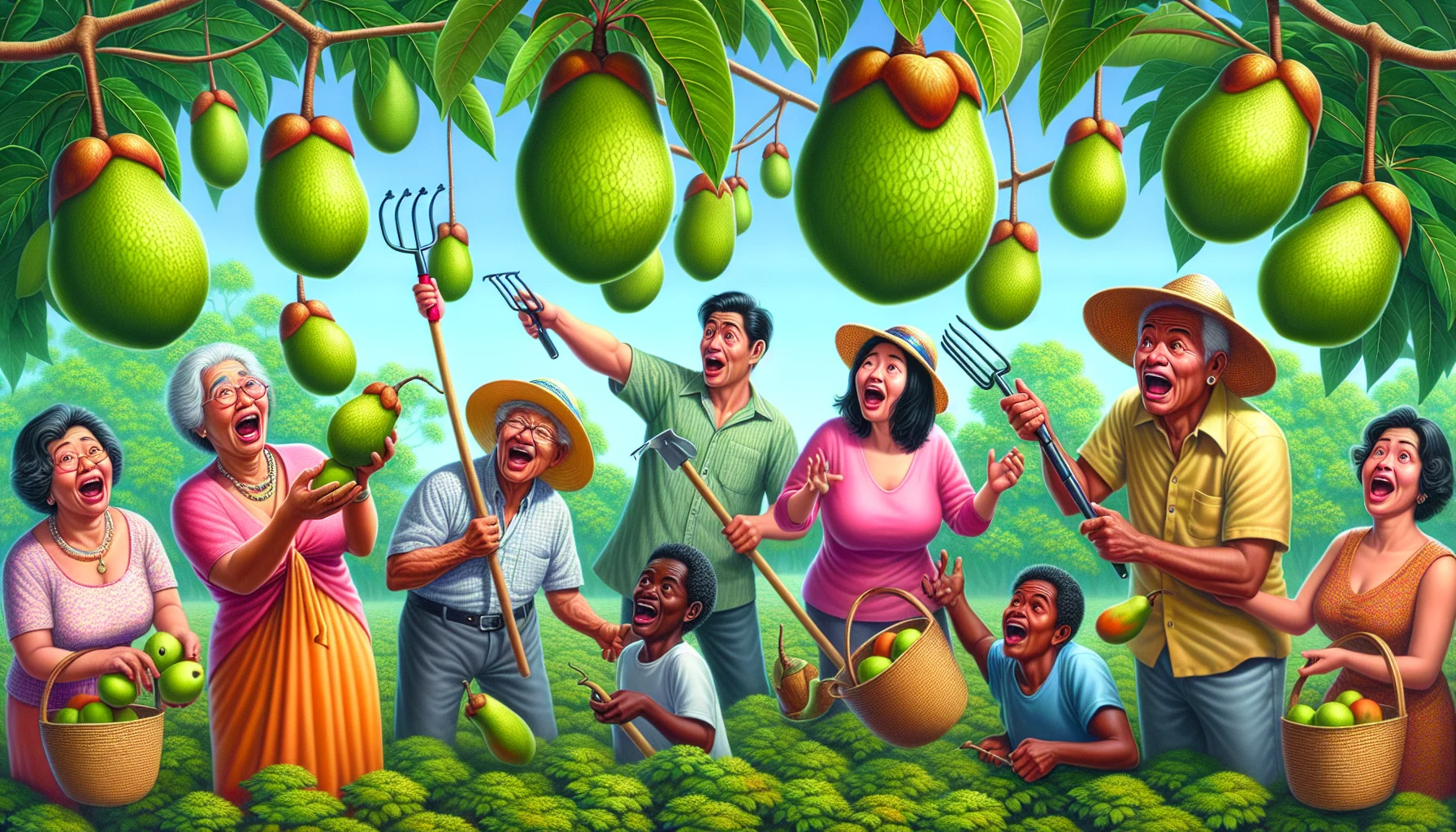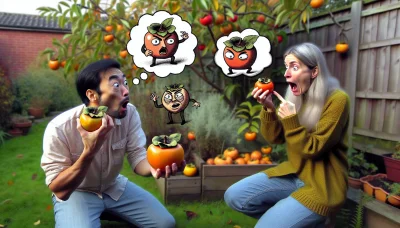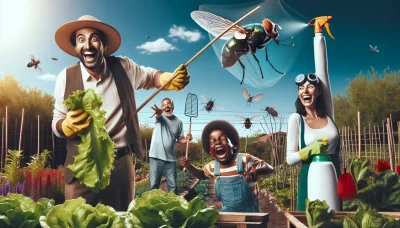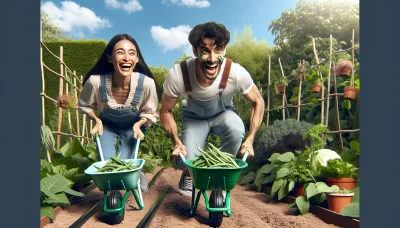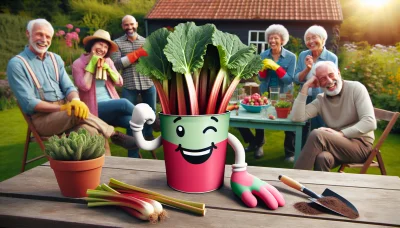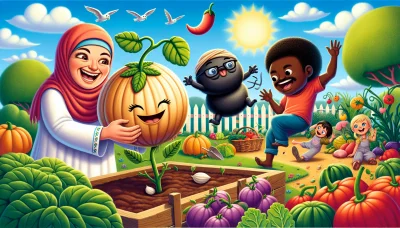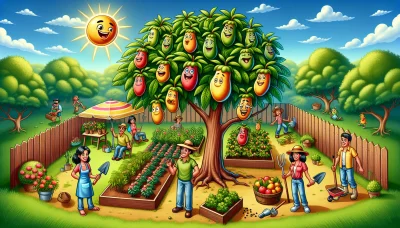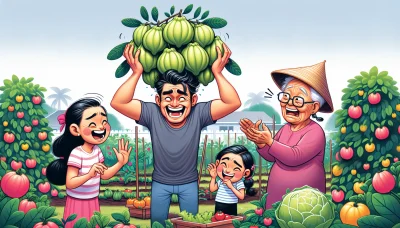Pawpaws fruit Quiz
Test Your Knowledge
Question of
Introduction to Pawpaws: America's Forgotten Fruit
The pawpaw, scientifically known as Asimina triloba, is a unique fruit native to North America that has been largely forgotten in contemporary American gardening and cuisine. Despite its obscurity, the pawpaw holds significant cultural and nutritional value. It thrives in temperate climates across the eastern United States, flourishing without the need for pesticides due to its natural pest resistance. The fruit itself is distinctive for its tropical flavor profile, often compared to bananas, mangoes, and melons, making it a unique addition to the temperate fruit palette. Pawpaws also boast a rich nutritional profile, being high in vitamins, minerals, and amino acids. Their reintroduction into mainstream gardening and culinary practices could not only diversify the American diet but also encourage sustainable gardening practices by promoting the cultivation of native species.
How to Plant Pawpaw Trees
- Select a planting site with well-draining soil and access to full sun or partial shade.
- Ensure the site is protected from strong winds, as pawpaw trees can be sensitive to harsh conditions.
- Test the soil pH to ensure it is between 5.5 and 7.0, which is ideal for pawpaw trees.
- Prepare the soil by incorporating organic matter such as compost or well-rotted manure to improve fertility and structure.
- Choose healthy pawpaw saplings from a reputable nursery, preferably those that are 1-2 years old.
- Dig a hole twice as wide and just as deep as the root ball of the sapling.
- Place the sapling in the hole, carefully spreading out the roots, and fill the hole with soil, gently tamping down to remove air pockets.
- Water the sapling thoroughly after planting to settle the soil around the roots.
- Mulch around the base of the tree with organic mulch to retain moisture and suppress weeds, keeping the mulch a few inches away from the trunk.
- Water the sapling regularly, especially during dry spells, to ensure it establishes well.
Caring for Your Pawpaw Trees
Pawpaw trees, known for their delicious fruit and beautiful foliage, require specific conditions to thrive. When it comes to sunlight, pawpaw trees prefer a balance. They do well in full sun to partial shade, but young trees especially benefit from some protection from direct, high-intensity sunlight. As for watering, consistency is key. Pawpaws like moist, well-drained soil. During their growing season, ensure they receive enough water, especially if the weather is particularly dry. However, be careful not to overwater as they do not tolerate waterlogged conditions. Fertilization plays a crucial role in the health of your pawpaw trees. An annual application of a balanced, slow-release fertilizer can support their growth and fruit production. It's important to apply it in the spring before the growing season begins. With the right care, your pawpaw trees can become a lush and fruitful part of your garden.
Common Challenges in Growing Pawpaws
- Poor Pollination: Pawpaws are not self-pollinating, requiring cross-pollination from another pawpaw tree.
- Seed Germination: Pawpaw seeds have a low and slow germination rate, requiring stratification to mimic winter conditions.
- Pest Management: Pawpaws can be susceptible to pests such as pawpaw peduncle borer and various types of caterpillars.
- Disease Management: While generally disease-resistant, pawpaws can suffer from fungal diseases like pawpaw scab and powdery mildew.
- Soil Requirements: Pawpaws require well-drained, fertile soil with a slightly acidic to neutral pH.
- Watering Needs: They need consistent moisture, especially in the first few years and during fruit development, but cannot tolerate waterlogged soil.
- Sunlight and Shade: Young pawpaw trees thrive in partial shade but require full sunlight to bear fruit as they mature.
Harvesting and Storing Pawpaws
Pawpaws, also known as Asimina triloba, are ripe and ready for harvest when they emit a fragrant aroma and yield slightly to gentle pressure, similar to a ripe peach. The skin may also begin to develop slight blemishes, and the fruit may start to detach easily from the tree. Once harvested, pawpaws should be consumed or processed within a few days as they spoil quickly. For short-term storage, keep them in a cool, dark place. To extend their shelf life, pawpaws can be refrigerated for up to a week. For long-term storage, pulp can be extracted and frozen for several months, ensuring you can enjoy the unique flavor of pawpaws year-round.
Pawpaw Varieties to Consider
| Variety | Characteristics | Growth Zones |
|---|---|---|
| Sunflower | Self-fertile, produces large fruit | 5-9 |
| Pennsylvania Golden | Early ripening, yellow flesh | 5-8 |
| Mango | Large fruit, tropical flavor | 5-9 |
| Shenandoah | Excellent flavor, heavy producer | 5-9 |
| Susquehanna | Large, sweet fruit with few seeds | 5-9 |
Benefits of Growing Pawpaws
Pawpaws, also known as Asimina triloba, offer a wealth of benefits for both the environment and our diets. Environmentally, these native North American trees contribute to biodiversity, supporting local wildlife, including various pollinators and birds that rely on their fruit and flowers. Planting pawpaws can help restore natural habitats and improve soil health, as they are deep-rooted and can prevent erosion. From a dietary perspective, pawpaws are highly nutritious, packed with vitamins, minerals, and antioxidants. They are a good source of vitamin C, magnesium, iron, and several essential amino acids. Incorporating pawpaws into your diet can provide a tropical-flavored treat that is not only delicious but also supports a healthy immune system and may have anti-inflammatory benefits. By growing pawpaws, you can enjoy these environmental and health benefits while also experiencing the joy of harvesting your own fruit.
